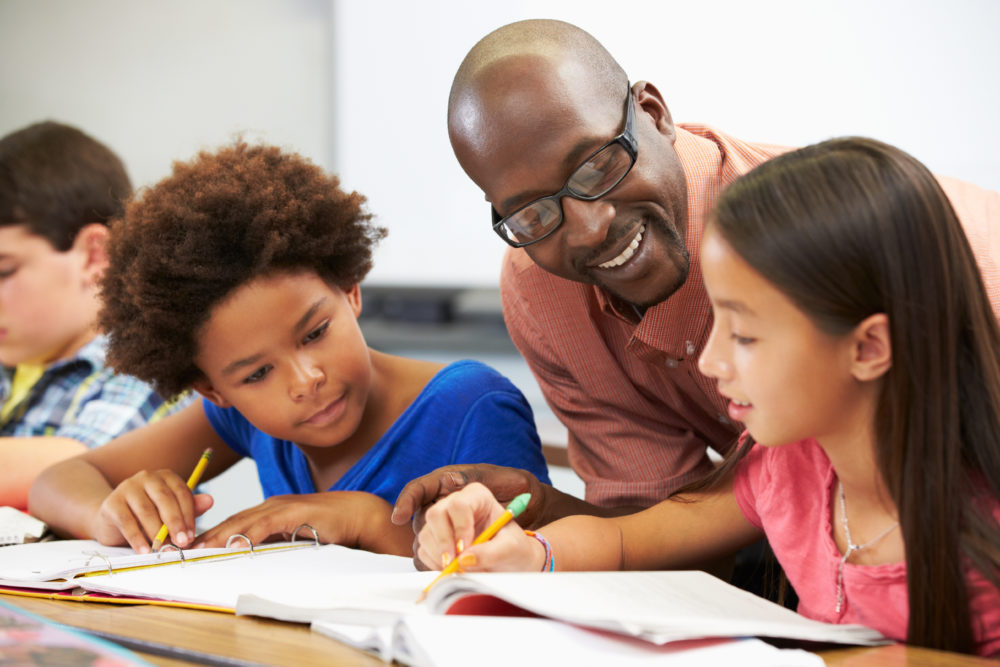![]() This is how practitioners of restorative justice approach things: First, focus on building strong, authentic relationships in a community, including schools that now are reopening.
This is how practitioners of restorative justice approach things: First, focus on building strong, authentic relationships in a community, including schools that now are reopening.
Then, if and when community members or students make a mistake or cause harm, rather than simply looking at which rule was broken and which punishment should be prescribed, collaborate to help ensure that the erring individual has the space and support to hold herself or himself accountable. Strive to ensure that damaged relationships are repaired and action is taken to prevent future harm.
Rather than sending erring students to in-school detention or suspending them, champion the idea that “We are better, stronger and healthier when we are all together.”
As the nation continues navigating a deadly pandemic and the politics of extreme division, we adults and the young people whom many of us teach, mentor, guide and live with must, now more than ever, strive towards the ideals of restorative justice.
In this fall’s classrooms, educators will show their capacity and inclination, or their disinclination, to meet the challenges of guaranteeing that all students, even those who harm themselves or others, remain connected and included in the school community.
An old quote to keep in mind is this: “Those that are the hardest to love, usually need it the most.”
Easier said than done.
Sadly, most educators have had and will have in their classrooms students who provoke their anger more than their empathy. Yet, so many educators do show incredible patience with challenging students, especially when they come from difficult circumstances. Those educators work diligently with a disruptive student who suffers abuse at home, for example. They go out of their way to encourage and assist a student who, living in a shelter or other impermanent housing, may frequently be absent or fall asleep in class.
In those kinds of cases, many educators seem to have almost endless empathy. Often, they try every avenue available to help students before resorting to conventional consequences.
How to handle those who test our patience and restorative practices
But what about those students, or people in general, who really, really drive us crazy? Those who really test the boundaries of a restorative mindset? (Someone like former President Donald Trump comes to mind.)
Imagine that you, a teacher, had a student like that in your classroom. What of the student who comes from privilege and arrogantly flaunts that, constantly insulting and bullying others? Intending to hurt and humiliate? What of the one who cheats to get what he wants? That kind of student’s disruptions keep the classroom focused on him or her.
Simply put, it is easy to talk the talk of restorative justice, to say that we should be in meaningful relationships and include everyone — until we meet that student who pushes our buttons, who harms others, seemingly without remorse.
Too often, the knee jerk reaction is simply to want a toxic person in the community to disappear. Impeach him! … Lock him up and throw away the key! That was a popular sentiment among many people while Trump was in office, and still is a sentiment now that he has returned to civilian life.
Similarly, we may hear … That student is bad news. That student just doesn’t belong here. These are harsh, actual statements from educators, some of whom, undoubtedly have felt or been victimized by their own students. Consequently, understandably, those teachers feel like pushing those kids away.
And, yet, even when we push kids out of school — or politicians out of office — they never really disappear. They still are a part of our communities, impacting others and themselves. A student who is pushed out of school still will be living in our city or town. A criminal politician tossed out of office may still be influential, continuing to harm others. Like it or not, we all co-exist.
The goal is not to defend any of the heinous and harmful acts committed by some of our leaders or students or neighbors. And I am not arguing which consequences or punishments may be needed or are most effective in those instances. My point is this: The first challenge of restorative justice is to work through conflict collaboratively, not to push those who make mistakes — from which they can learn and pivot — to the margins.
Rather, it is to maintain community safety and health, while also continuing to value and welcome any person willing to earnestly engage in acts of repair, even including the toughest of individuals who have committed serious injury.
The belief is that we all have worth as humans and, at least potentially, have something positive to contribute. It is a belief that there is always a hope of redemption, of personal growth and healing.
It may take a great deal of work for erring individuals to become healthy, productive members of the community. But precisely because they will continue to exist alongside us, either positively or negatively impacting us all, that our engagement with them is critical.
To ignore that fact is to miss the foundation of restorative philosophy and practice.
David LeSal,a certified English language arts teacher and education director for the National Center for Restorative Justice, co-authored “A Real-World Guide to Restorative Justice in Schools: Practical Philosophy, Useful Tools, and True Stories.”
